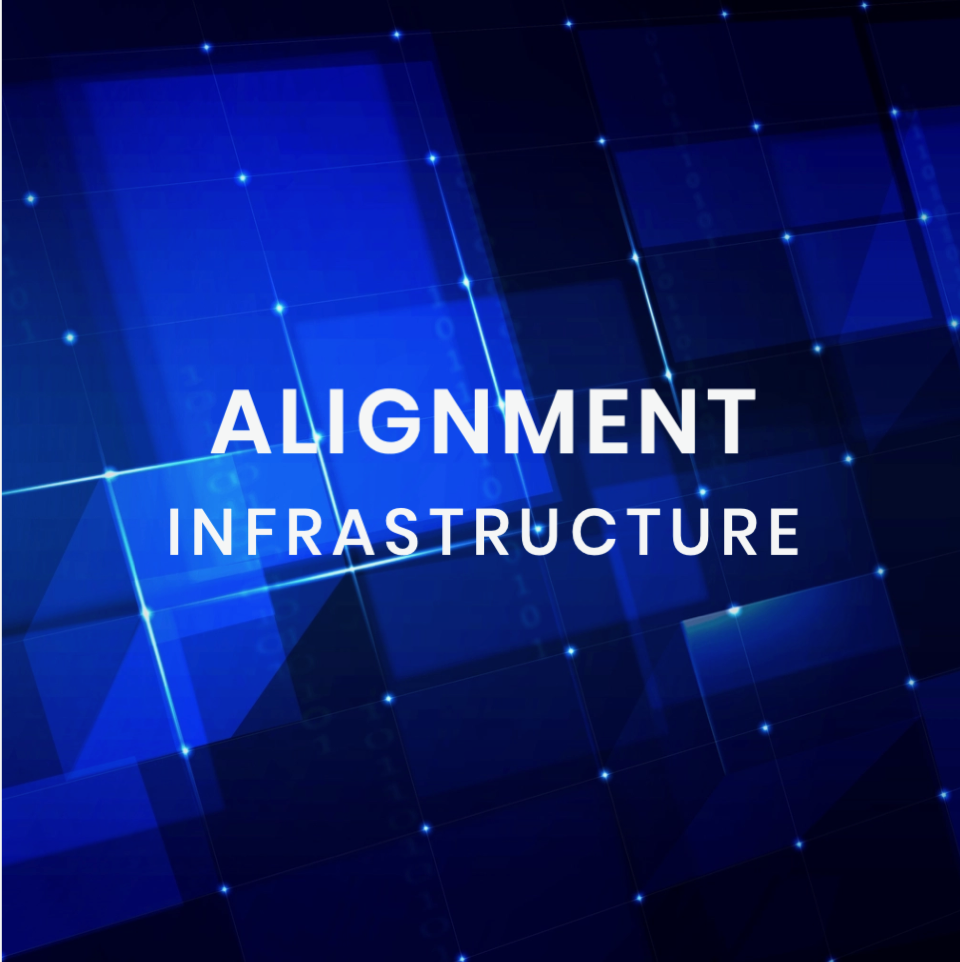Blog
Total Alignment Update 2025: Detach from Short Term Results and Focus on Process and Culture
by Riaz & Linda Khadem
Total Alignment has consistently produced outstanding results in organizations regardless of their size or industry. The IPADE case studies x, y and z show the results obtained by three organizations large, medium and small. [1] Case x is FEMSA, a large conglomerate in Mexico where Total Alignment was implemented in its early stage of development. Case y is Prolec GE, that implemented the more developed version of the methodology as a medium company and is now a very large and successful firm. Case z is Bricos, an entrepreneurial firm that implemented Total Alignment as a small company and has now entered a very successful medium stage. The impact of the methodology can be gleaned from excerpts from statements of their CEOs [2], [3], and [4]. The question we are exploring in this article is what is it that made alignment so effective to deliver results that these companies had not experienced before?
Overview of Alignment Infrastructure
By Riaz and Linda Khadem
In an earlier article, “The state of Alignment in the Organization,” we have described the processes that establish the state of alignment in the organization. They include creating a shared mission, vision, and values; building the infrastructure for alignment; and implementing a management model to sustain alignment over time. In two subsequent articles – Sustaining the State of Alignment through Reinvented Natural Teams and Sustaining Vertical Alignment through Systematic Accompaniment– we provided comments on the cultural impacts of the management model. The two articles began with the assumption that the infrastructure for alignment is already in place. Here, we provide an overview of the infrastructure that provides the path to advance toward vision and to facilitates cultural transformation.
Sustaining Vertical Alignment through Systematic Accompaniment
By Riaz & Linda Khadem
In an earlier article, “The state of Alignment in the Organization,” we have described the processes organizations can implement that establish the state of alignment. They include creating a shared and meaningful mission, vision, and values; building the infrastructure for Alignment through the Alignment Map; defining individual scorecards for all jobholders; and providing timely and relevant information through the software, TOPS. Brief mention was made of the twin processes of Team Review and Vertical Review for sustaining the state of alignment. In a separate article we gave further details about the Team Review process. Here, we provide more information about the Vertical Review process. This key process is a systematic one-on-one conversation of every manager with his or her direct reports. In this article we illustrate the connection of Vertical Review with Team Review as well as the cultural impact of Vertical Review on sustaining the state of alignment.
Continue reading “Sustaining Vertical Alignment through Systematic Accompaniment”
Sustaining the State of Alignment through Reinvented Natural Teams
By Riaz & Linda Khadem
In an earlier article, “The state of Alignment in the Organization,” we have described the processes that establish the state of alignment in an organization. They include creating a shared and meaningful mission, vision, and values for the organization; building the infrastructure for Alignment through the Alignment Map; defining individual scorecards for all jobholders; and providing timely and relevant information through the software, TOPS. Brief mention was made of the twin processes of Team Review and Vertical Review for sustaining the state of alignment. Here, we give more detail about Team Review which is a new way to work within natural teams. The Team Review has a great impact on alignment in the organization.
Continue reading “Sustaining the State of Alignment through Reinvented Natural Teams”
State of Alignment in the Organization
Cultural transformation with Total Alignment
by Riaz & Linda Khadem
Many case studies are written expressing concepts aimed at boosting growth, increasing profits, reducing costs, gaining market share, etc. While these topics are important and worthy of exploration, the present paper is not about growth, profits, or other similar objectives. It is about how a company can operate wisely and intelligently in a state of alignment such that all employees move together as one.
With this approach, the desired results such as growth, profits, and the like become the byproducts of alignment, not its principal aim. The advantage of this approach is that emphasis is placed on processes, not on results, and the effective operation of the processes culminates in sustainable and outstanding results.
Questions & Answers About Total Alignment
by Riaz & Linda Khadem
Total Alignment is now implemented in major international corporations, and case studies are available in major business schools. Often we hear the same questions from those investigating the management system. We have put together some of those questions with short answers. We hope this is helpful. This blog is organized in five sections comprising of general questions followed by questions about each of the four pillars of Total Alignment, Vision & Strategy, Accountability, Information, and Culture and the Management Model.
Continue reading “Questions & Answers About Total Alignment”
How to Align Your Company in Five Steps
Why worry about alignment? What does an aligned company look like? Think about these questions.
- Is your company fully in tune with its customer base?
- Are your internal processes delivering your value proposition with quality and speed?
- Are your people fully engaged in running the processes at optimum capacity?
- Are your top executives fully engaged in addressing the future needs of your customers?
- Are your top executives spending the majority of their time addressing the future?
These are some of the key elements of an aligned organization. How can you get there? Here are five steps to help you achieve alignment in your company or organization.
Team Leadership 101: Creating a Culture of Performance
Culture is one of the most important factors to organization’s success because it defines how things are done and how people behave. Culture is the learned assumptions on which people base their daily behavior, drawing on phrases like “the way we do things around here.” Culture drives the organization, its actions and results, and guides how employees think, act and feel. Continue reading “Team Leadership 101: Creating a Culture of Performance”
To Become A True Leader You Must Implement These Three Things
The word “leader” is thrown around quite a bit in today’s society: team leader, natural leader, world leader, etc. But what does it really mean to be a leader, and how can you become one? Let’s talk about three key elements that you need to address to become a true leader. Continue reading “To Become A True Leader You Must Implement These Three Things”
7 Ways to Nurture Alignment in Your Organization
Achieving real alignment, where strategy, goals, and meaningful purpose reinforce one another, gives an organization a major advantage because it has a clearer sense of priorities at any given time. The result is an organization that can focus on the right things, avoid misalignment and increase the chances of achieving objectives. Continue reading “7 Ways to Nurture Alignment in Your Organization”









